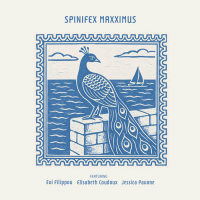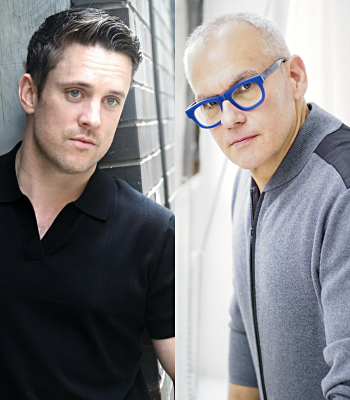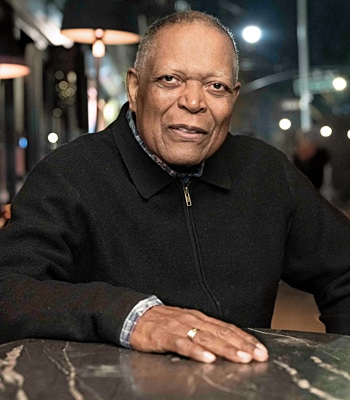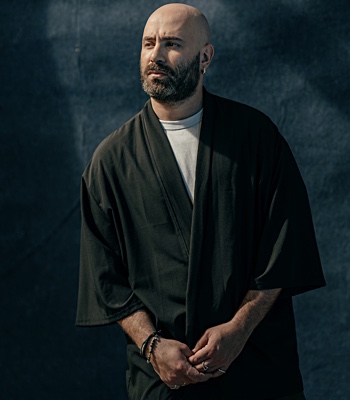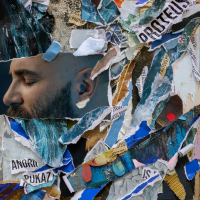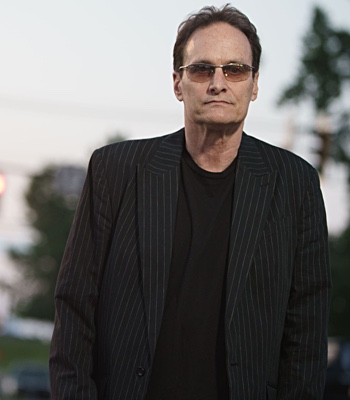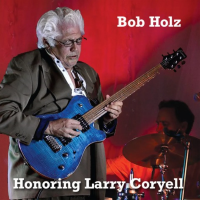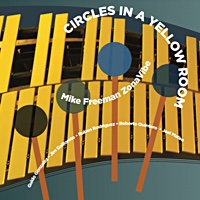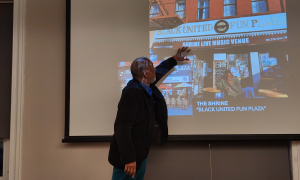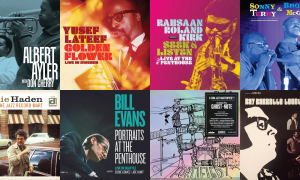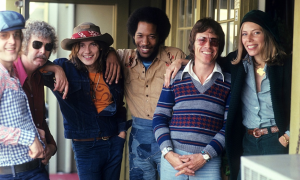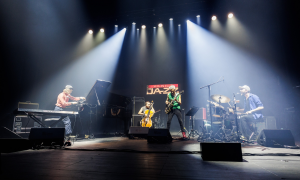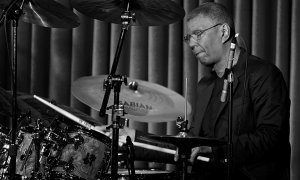Home » Jazz Articles » Live Review » Oscar Hernandez & Alma Libre at Jazz Alley
Oscar Hernandez & Alma Libre at Jazz Alley
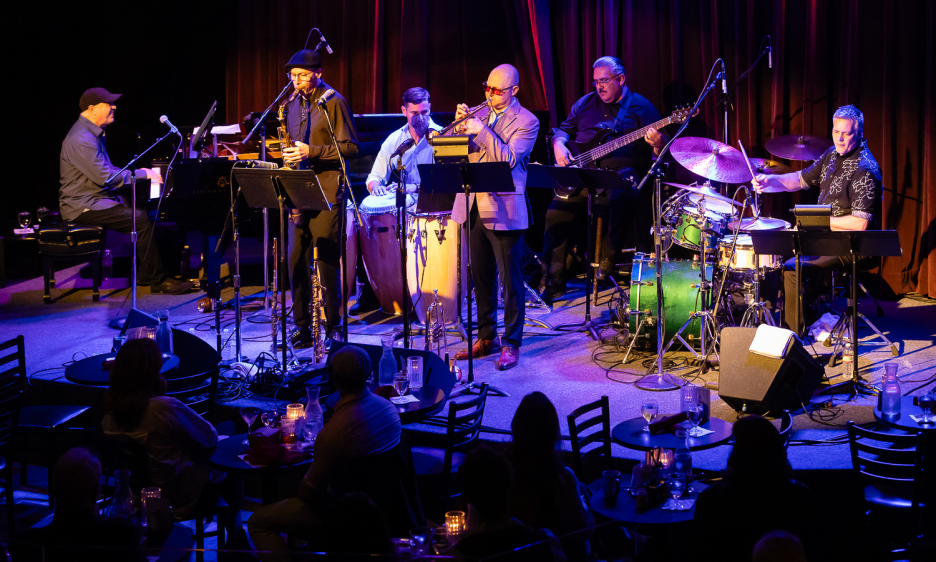
Courtesy Lisa Hagen Glynn
Jazz Alley
Seattle WA
November 19, 2025
The appearance of legendary Latin jazz pianist Oscar Hernandez at Jazz Alley brought with it a special designation. His performances in Seattle have largely been as part of the Spanish Harlem Orchestra, the award-winning ensemble that Hernandez leads. His Alma Libre Quintet is aptly named, considering that the smaller ensemble indeed frees the soul of the pianist/composer to engage in full expression as a instrumentalist. On four Alma Libre recordings, Hernandez has exercised his impressive prowess as a composer, penning 40 tunes between 2017 and 2025 that bring illuminating melodies and infectious grooves to a format that stresses the improvisational skills of a revolving cast of great musicians. The band ultimately became a sextet for this performance, with Seattle-based trumpeter Thomas Marriott added to the mix.
Marriott is a prominent headliner in his own right, as the author of 14 albums as a leader or co-leader. The trumpeter was joined on the front line by multi-reedist Katisse Buckingham, who bounced between tenor and soprano saxophones and flute. The duo was surrounded by an all-star rhythm section featuring iconic bassist Rene Camacho, conguero Christian Moraga, drummer Jimmy Branly, and the master himself, pianist Hernandez.
The evening began with the title track of the band's latest release, No Words Needed (Ovation, 2025). It was immediately noticeable that within the exuberant, almost celebratory, vibe created by the music, the band played with a sophisticated refinement in terms of volume and dynamics. Each musician was listening intently to the collective sound being created and acted accordingly, playing with technically brilliant intensity within a shroud of pure professionalism. The grand elegance in Hernandez's playing was thus able to rise to the elevated status it deserves, as he grasped each emotional aspect of a given tune and articulated melodic passages that seemed to create a constant flow of countermelodies to the original composed passages.
"Wayne's Wonder," Hernandez's homage to the great Wayne Shorter followed, highlighting the rhythm section's marvelous synchronicity. The groove was not of the metered sort—there was room to move within the clavé, a collective realization of the sounds that Hernandez grew up with in the South Bronx. "Otro Nivel" did indeed push the band to another level, with Marriott joining the band and offering a brisk, penetrating solo right out of the chute. Buckingham followed on tenor, forming a front line that added a different dimension to the band. "La Princesa" once again found Hernandez able to find sublime freedom in his playing. While many may compare the pianist to another South Bronx Latin jazz piano legend, Eddie Palmieri, the differences between the two are significant. Hernandez seems to play with a composer's mind, his improvised lines containing melodic figures that are memorable and insightful to what one might hear in a piece written with lyrics and performed by a vocalist. All of this is heard within passages that may be lightning quick or signified by melodies with ample space between runs. Buckingham changed the vibe of the band's sound by switching to flute, with Marriott offering full, rich sounds on flugelhorn. The tune is visual, like a Sunday stroll on a crisp autumn day in New York.
The sounds of Puerto Rico, Cuba, and points south in Mexico and Chile can all take residence in the South Bronx, just as they do within the confines of Alma Libre. Hernandez, as a bandleader, embraces all of these sounds and incorporates them not only by the personnel he chooses to perform with, but within his writing. While there are tightly arranged parts much like his work in the Spanish Harlem Orchestra, this gathering is more like a standard jazz band in that the players have a bit more room to move as improvisers, something not lost on the Jazz Alley audience. The rhythms are danceable, yet in a sit-down jazz club environment such as this classic Seattle venue, the depth of the tunes and the sublime virtuosity of the musicians are more than enough to satisfy jazz fans more accustomed to modern post-bop jazz. Between the elegance of Hernandez's piano, the brash expressionism of Branly and Moraga, and the piercing front line musings of Buckingham and Marriott was the steady brilliance of Camacho on electric bass. His flowing bass line had a leadership quality, as in leading the sounds created by the band through the gauntlet of layered grooves put down over the 90-minute set.
There is a special aspect to any Hernandez performance in Seattle, a city that houses a surprising variety of Latin jazz luminaries. Seattle's Carlos Cascante was chosen by Hernandez to be the lead vocalist of the Spanish Harlem Orchestra some time ago, making his guest appearance with Alma Libre a natural choice. Hernandez also called up Cuban cuatro legend Kiki Valera, a son virtuoso and member of la familia Miranda Valera. Cascante then offered "Obsesión," seemingly igniting the band and the audience in simultaneous fashion. Cascante shaped his verses around solos from Marriott on flugelhorn and Buckingham on flute before handing the baton over to Valera for a brilliant two-chorus spin. Through it all, Cascante's lines rang true, lamenting. "Amor is el pan de la vida, amor is the copa divina," at one point sharing the microphone with Valera, singing in unison.
This performance was the second of three for the band in Seattle, and seemed to bring out a large portion of the city's thriving Latin jazz scene. The vibe was not just infectious, but precious in its ability to unite the crowd post-performance in fellowship. All in all, it was a highly fulfilling experience, as one might expect. After all, when a legend like Hernandez performs in one of the world's truly iconic jazz clubs, how could it be anything else?
Tags
PREVIOUS / NEXT
Support All About Jazz
 All About Jazz has been a pillar of jazz since 1995, championing it as an art form and, more importantly, supporting the musicians who make it. Our enduring commitment has made "AAJ" one of the most culturally important websites of its kind, read by hundreds of thousands of fans, musicians and industry figures every month.
All About Jazz has been a pillar of jazz since 1995, championing it as an art form and, more importantly, supporting the musicians who make it. Our enduring commitment has made "AAJ" one of the most culturally important websites of its kind, read by hundreds of thousands of fans, musicians and industry figures every month.



